It had been nearly 20 years since I stepped into a Penguin when I toted one down to Bristol (Rhode Island) Yacht Club last winter for a day of “frostbite” racing. I had owned a Penguin years earlier, and I had been able to buy it back, intending to restore it to sail with my daughter some day. But in the meantime, a good friend from Long Island offered the use of his Penguin, which had hung from his garage rafters for 15 years. “I’d love to see her sailing again,” he said. I pieced it together that brisk Saturday and made it out to the race course just in time for the first start.Maybe it was the nostalgia that had me so excited to be surrounded by so much varnish in such a little boat, one of five wooden Penguins on the starting line that day. Or perhaps it was because my co-skipper for the boat, which is sailed double-handed, was Tim Fallon, team race world champion and Beetle Cat guru from Cape Cod. Either way, watching the plumb bow punch through the dark northwesterly wavelets and feeling the windward chine lock into a wave downwind as we leaned out to weather was just plain ol’ fun and more challenging than I had remembered.The Penguin has been one of the most prolific home-built classes in the country. “Every time I look at one of these beautiful boats, I smile,” said a 70-year-old gentleman on the pier that afternoon who had raced them in the 1950s.
Join The Conversation
We welcome your comments about this article. To include a photo with your remarks, click Choose File below the Comment box.

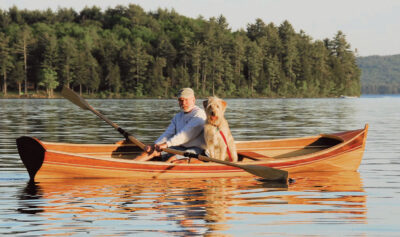
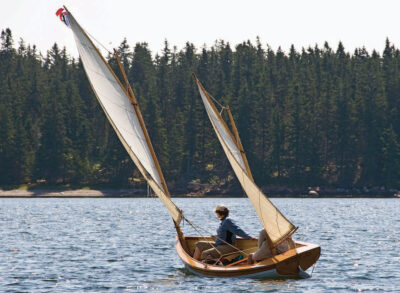
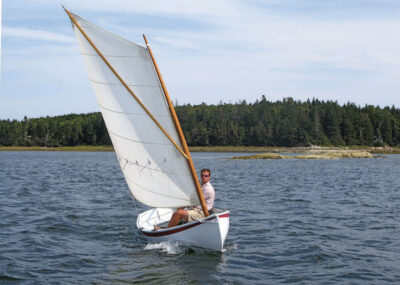
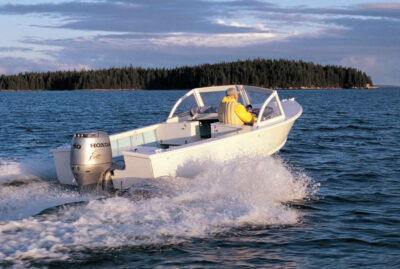

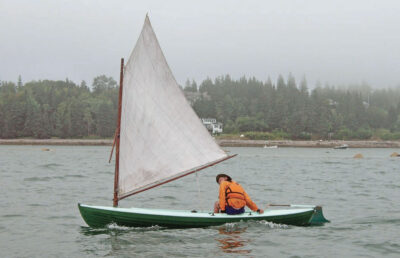
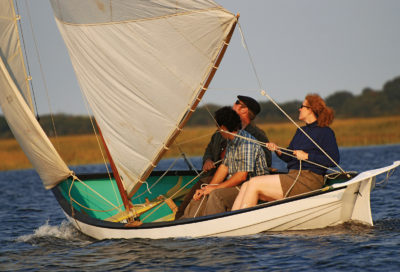
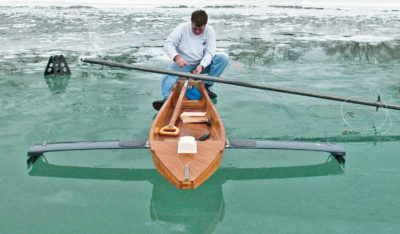
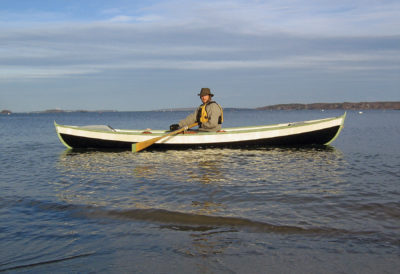
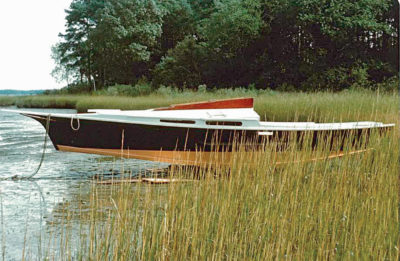
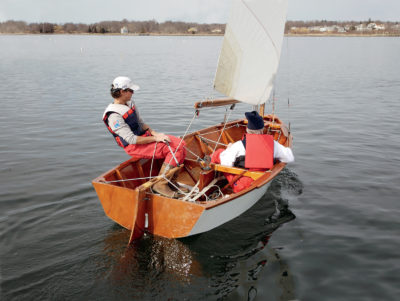
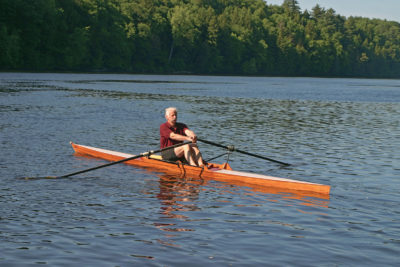
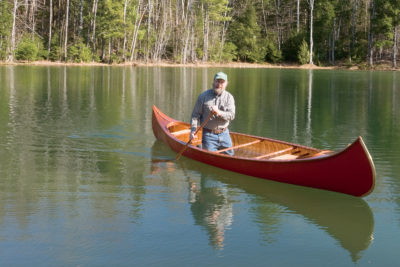
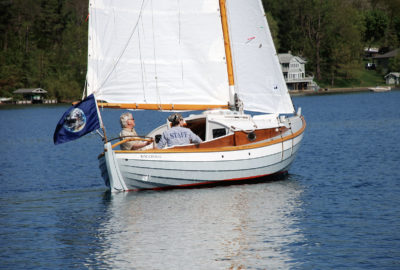
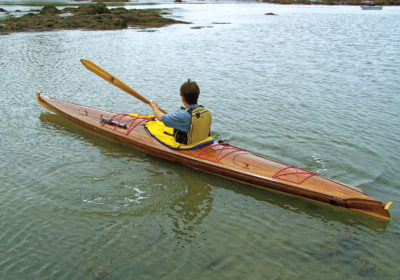
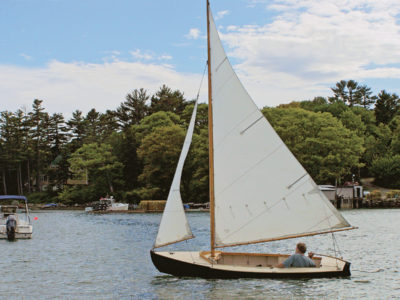
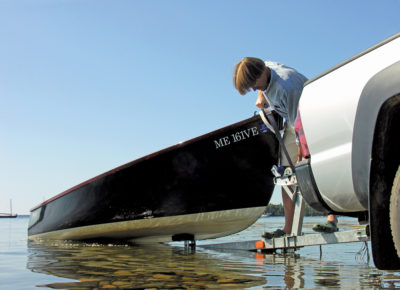
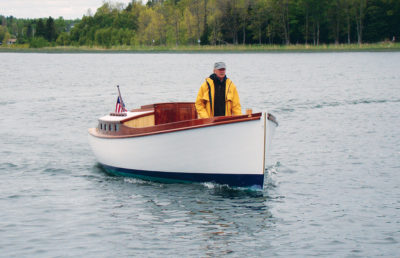
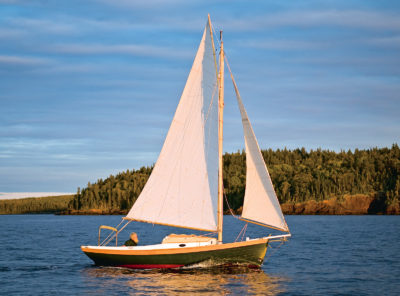
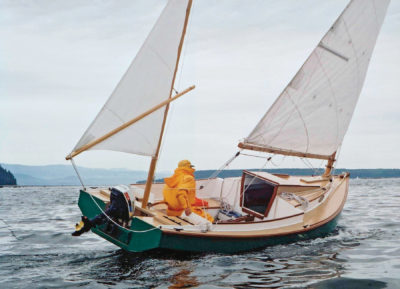

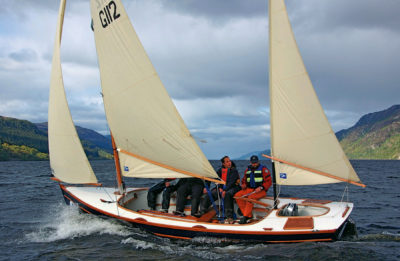
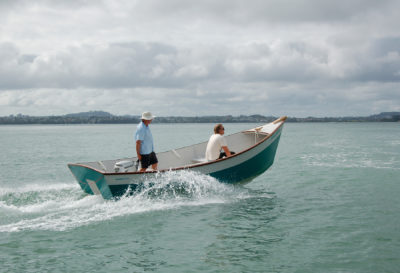
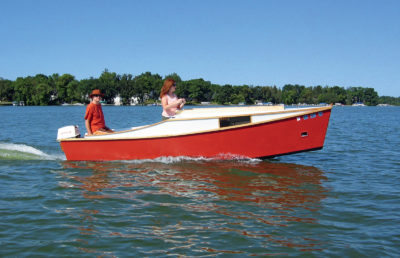

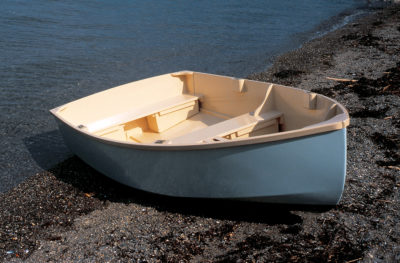
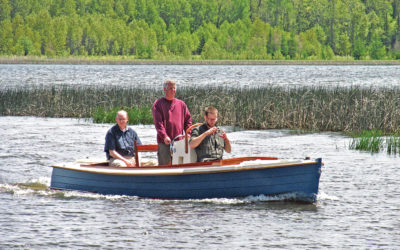
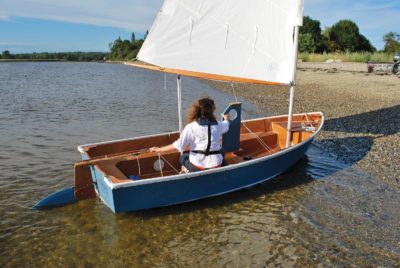
I remember the Penguin well. In the early 60’s I took lessons at the Severn Sailing Association in Annapolis, Maryland, where we raced Cadets. We had group races against the Annapolis Yacht Club across the harbor where they used Penguins. The Cadets had a full sloop rig, but in my memory the boats were fairly evenly matched. We being kids, of course, looked down our noses at the other team’s boats, although we knew perfectly well what nice little sailers they were. It’s great to get some background on the design and evolution of the class.
I would like to take a moment to offer you a small correction. There are no cadets at the Naval Academy. They are called Midshipmen.
Just a point….
For some years we had a wooden Penguin that we sailed around our Maine coast harbor during summers and in the marsh creeks and rivers of Georgia during the rest of the year. One time we capsized right near the harbor master in his boat and he was laughing so hard he could barely help us recover. I sold the boat to someone who lived on the Severn across from the Naval Academy where my nephew was a Midshipman and I’d rowed and raced during my years at a college elsewhere. The Midshipmen were and are outstanding citizens.
The boats were called CADETS. AYC sailed Penguins and 420s and from time to time we sail through each others courses and have running water battles, and other mischief about the Annapolis Harbor. The Penguin was one boat you never want get swamped: 30 seconds of poor judgement equals 2 hours of bailing. But a ton of fun to sail ..
Our family had Penguin #5908 CIAO and we raced with the Penguin fleet in Alamitos Bay in Long Beach California in the mid-60’s. I wonder if #5908 is still racing.
We had a Penguin too. Red of course. We kept it on a sand-dolly at Alamitos Bay (close to Leeway Club). My early memory is being very uncomfortable wearing my life preserver. There was no place to sit! haha. It was my parents first sailboat before they had kids (circa 1954). After that, we also sailed/raced Sabots, Lido 14s, Lasers, Cal20 through ABYC and LBYC.
I would be interested in finding more out about the self rescuing, computer-cut plywood mentioned in the article. Also what was the self-rescuing device used on the fiberglass Penguin?
Wonderful little boats. Learned to sail in a Penguin named YACKETY-YACHT on a lake in upstate New York 65 years ago. I later became an Aviator. The Penguin is like some aircraft. Absolute delight if you stay ahead of her. If not, she’ll bite you. I had more than a few unexpected swims. Thanks for the memories.
I’ve sailed my Penguin since 1974 in Rio de Janeiro. She is still in good shape and has a lot of class. Hearing the noise of the water hitting the plywood hull refreshes my best sailing memories.
Just redid a Jon Wright Penguin. Couldn’t wait to sail her. I have another Penguin that’s been hanging in my loft for 30-plus years. Launched the Jon Wright Penguin. Great sail. Second time out rolled her over leaving the dock.
Grew up racing a Penguin in Annapolis late ’60s & ’70s. Her name was GONE WITH THE WIND and she was owned by one of my older brothers.
Family had a sailing school on Randall Street & kept many boats at the Annapolis city dock. My dad taught sailing to the midshipmen at the Naval Academy.
A few Penguin memories:
During a race we were passing a much larger sailboat which was upwind of us. I prepared to jump to the leeward side when the larger boat took the wind out of our sail. My older brother didn’t see it coming. We came close to capsizing but remained in the race with a dry floor crossing the finish line.
One day we sailed the Penguin up the bay to our farm on the bay just 2 miles north of Gibson Island. We had very little wind. My brother got out of the boat and swam while pushing on the stern. Fortunately we were in no hurry that day. I don’t remember the exact time but I think it was something like 6 hours to sail about 12 miles.
Prior to every race we’d beach it on a sandbar and scrape the bottom. I don’t remember any first place finishes but we came in 2nd and 3rd many times.
My older brother eventually moved up to larger boats. At one time he was Rainbow National Champion. His last boat was a Cal27 and he drowned in ’94 while scraping the hull on a sandbar in Spa Creek the day before a race. Storm kicked up and the boat came down on his head while trying to board via the stern ladder. He worked at the Naval Institute at the Naval Academy at the time.
Great article about the birth and evolution of the Penguins.
Sure did bring back memories.
Many thanks for a good read!
A great, great boat. It could no more survive the advent of the Laser than dinosaurs could survive the meteor.